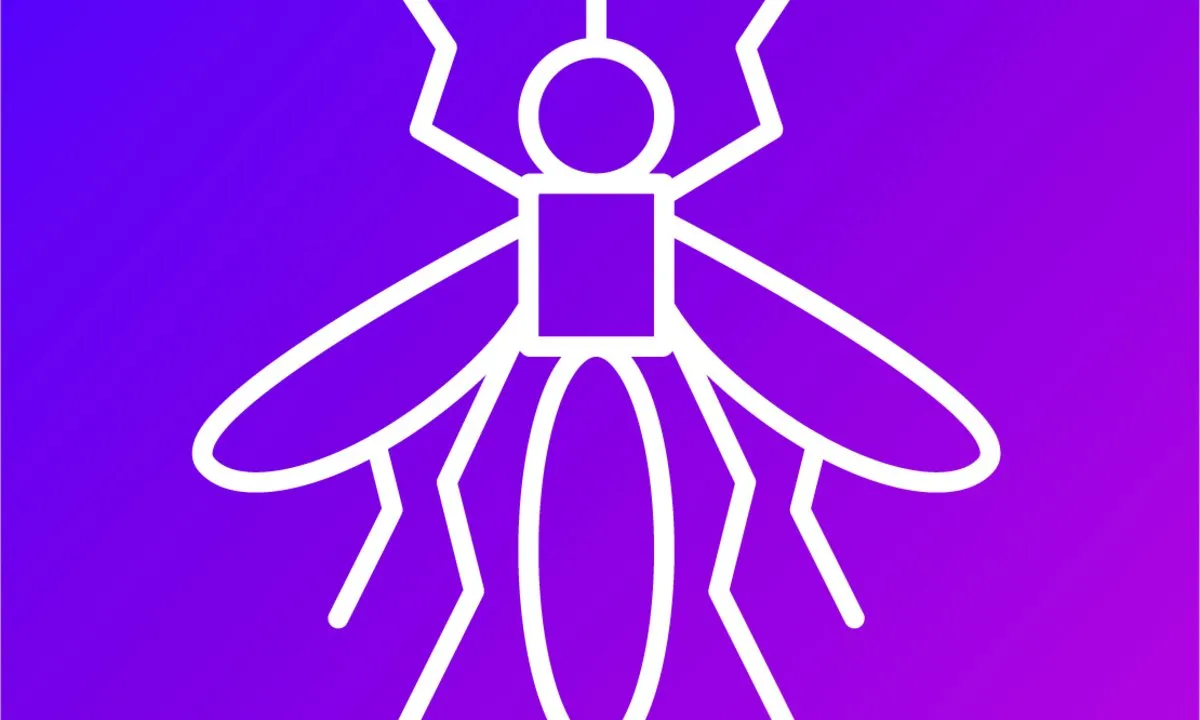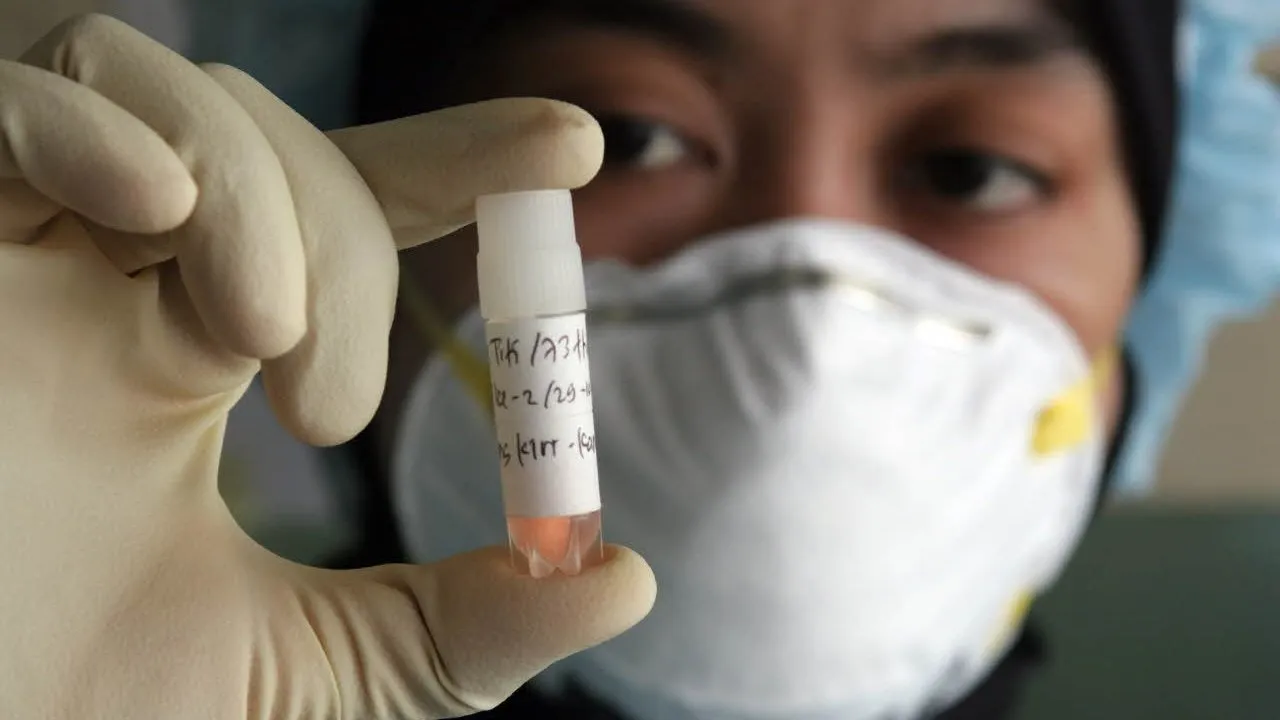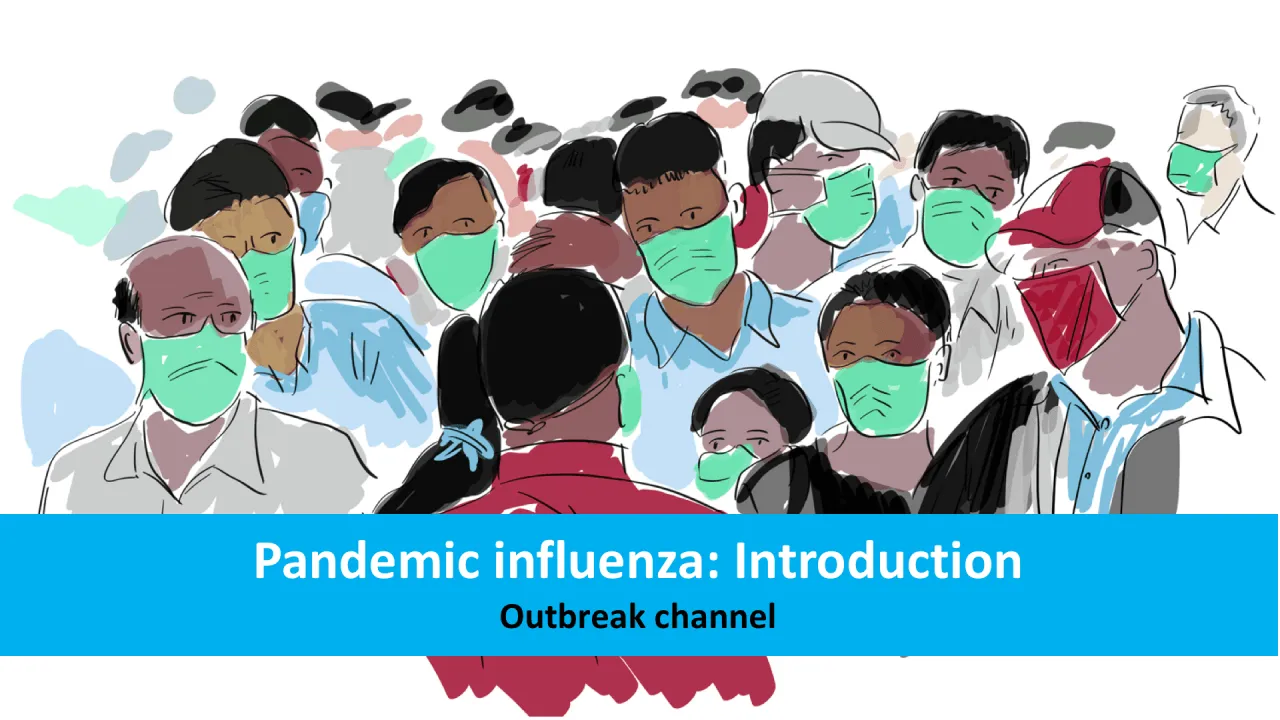
Building on the SIR Model 
This course introduces learners to the concept of stochasticity in epidemics, and provides an overview of deterministic modelling approaches using R. It also covers population structure and vector-borne diseases, such as the Ross-McDonald Model. ▼
ADVERTISEMENT
Course Feature
![]() Cost:
Cost:
Free
![]() Provider:
Provider:
Coursera
![]() Certificate:
Certificate:
Paid Certification
![]() Language:
Language:
English
![]() Start Date:
Start Date:
17th Jul, 2023
Course Overview
❗The content presented here is sourced directly from Coursera platform. For comprehensive course details, including enrollment information, simply click on the 'Go to class' link on our website.
Updated in [March 06th, 2023]
This course, Building on the SIR Model, is part of a specialisation that focuses on deterministic modelling. It introduces students to the concept of stochasticity and how it can be used to model epidemics. Students will learn how to use R to model infections with population structure, as well as the Ross-McDonald Model for vector-borne diseases. Additionally, students will gain the skills to critically assess a model and conduct a critical peer review of a modelling study.
[Applications]
The application of this course is to gain an understanding of the stochasticity of epidemics and how to model them using R. It also provides an opportunity to gain the skill of critically assessing a model and conducting a critical peer review of a modelling study.
[Career Paths]
1. Epidemiologist: Epidemiologists are public health professionals who investigate patterns and causes of disease and injury in humans. They seek to reduce the risk and occurrence of negative health outcomes through research, community education, and health policy. Epidemiologists use the SIR model to study the spread of infectious diseases and to develop strategies for controlling them. As the world continues to grapple with the COVID-19 pandemic, epidemiologists are in high demand to help develop strategies for controlling the spread of the virus.
2. Data Scientist: Data scientists use the SIR model to analyze data and develop predictive models. They use data to identify trends and patterns in the spread of infectious diseases, and to develop strategies for controlling them. Data scientists also use the SIR model to develop predictive models for other areas, such as predicting stock market trends or predicting customer behavior.
3. Biostatistician: Biostatisticians use the SIR model to analyze data and develop statistical models. They use data to identify trends and patterns in the spread of infectious diseases, and to develop strategies for controlling them. Biostatisticians also use the SIR model to develop statistical models for other areas, such as predicting the effectiveness of medical treatments or predicting the outcomes of clinical trials.
4. Infectious Disease Modeler: Infectious disease modelers use the SIR model to develop mathematical models of the spread of infectious diseases. They use these models to identify trends and patterns in the spread of infectious diseases, and to develop strategies for controlling them. Infectious disease modelers also use the SIR model to develop mathematical models for other areas, such as predicting the spread of antibiotic resistance or predicting the spread of new diseases.
[Education Paths]
1. Bachelor of Science in Epidemiology: This degree path focuses on the study of the spread of diseases and how to prevent them. It covers topics such as public health, biostatistics, and infectious disease control. Students will learn how to use data to identify and analyze patterns of disease, as well as develop strategies to prevent and control the spread of disease. This degree path is becoming increasingly important as the world faces new and emerging infectious diseases.
2. Master of Science in Infectious Disease Modeling: This degree path focuses on the development and application of mathematical models to study the spread of infectious diseases. Students will learn how to use mathematical models to simulate the spread of diseases, as well as how to interpret the results of these models. This degree path is becoming increasingly important as the world faces new and emerging infectious diseases.
3. Doctor of Philosophy in Computational Epidemiology: This degree path focuses on the development and application of computational models to study the spread of infectious diseases. Students will learn how to use computer simulations to simulate the spread of diseases, as well as how to interpret the results of these models. This degree path is becoming increasingly important as the world faces new and emerging infectious diseases.
4. Master of Science in Public Health: This degree path focuses on the study of public health and how to improve it. It covers topics such as health policy, health promotion, and health services. Students will learn how to use data to identify and analyze patterns of health, as well as develop strategies to improve public health. This degree path is becoming increasingly important as the world faces new and emerging public health challenges.
Pros & Cons

Advanced content

Understandable

Comprehensive

Great follow up

Good information

Excellent instructors.

Syntax problems

More info on stochastic site

Split up in two.
Course Provider

Provider Coursera's Stats at AZClass
Building on the SIR Model introduces learners to the concept of randomness in epidemics and provides an overview of deterministic modeling approaches using R. Learners will learn about deterministic modeling, the process of predicting the outcome of an epidemic based on all known parameters. They will also learn how chance events can shape the future of epidemics and how to model these epidemics using R. Students will learn how to model infections, as population structure plays an important role in transmission dynamics. They will also be introduced to the Ross MacDonald model, which is used to model vector-borne diseases.
Discussion and Reviews
0.0 (Based on 0 reviews)
Explore Similar Online Courses

How to Crochet for ABSOLUTE BEGINNERS - Basic Crochet Stitches Tutorial

Guitar Outside for Beginners

Python for Informatics: Exploring Information

Social Network Analysis

Introduction to Systematic Review and Meta-Analysis

The Analytics Edge

DCO042 - Python For Informatics

Causal Diagrams: Draw Your Assumptions Before Your Conclusions

Whole genome sequencing of bacterial genomes - tools and applications

Pandemic and epidemic-prone diseases

Pandemic influenza: Introduction


Start your review of Building on the SIR Model